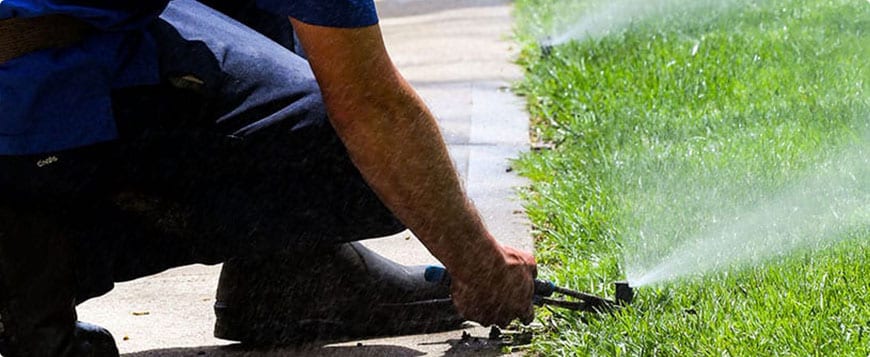It is easy to see all the harm that a drought can do to your plants if you are a farmer or someone who lives off the fruits of nature.
Even if all you have is a flower garden or a few flower beds next to your outdoor patio, it is easy to spot dried and damaged plants that fell victim to a lack of water.
But here is the thing – all plants need three basic things to survive: water, sunlight, and nutrients. If there is an excess of any of these elements, the harm is almost as significant as the harm that drought makes.
On top of it all, over-irrigation is damaging to soil and all the plant life that depends on it. Here is how.
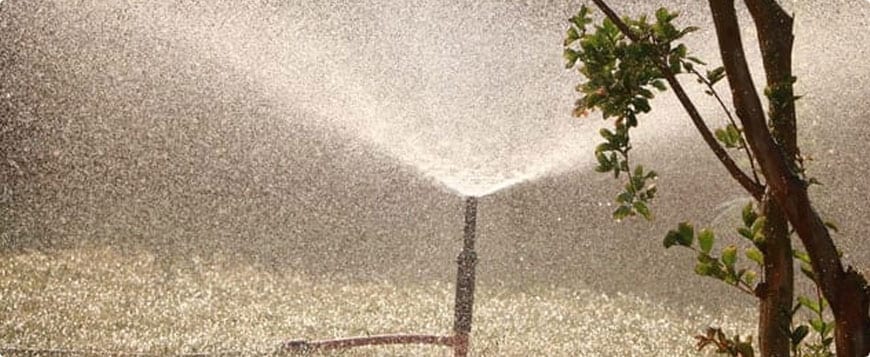
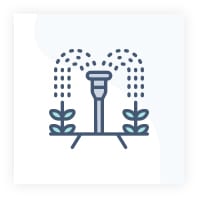
Why is overwatering harmful?
At a glance, it might seem complicated to believe, but over-irrigation can be almost as harmful as a flood.
Over-irrigation can lead to water-logging. What happens when the soil is soaked in too much water is that it becomes damp and almost swamp-like.
Since water is usually in charge of carrying the nutrients that feed the plants, it is easy to see how and why too much water can do more harm than good.
You can see the harmful effect that too much water can have on the plants after a particularly long period of rain. For example, if it has been raining for a week, you will see yellowed leaves, drooping plants, and dying seedlings when you step out.
With that image in mind, it is much easier to see how overwatering can harm the flora.
Related
Lawn Care Guide - Achieving and Maintaining the Perfect Lawn
test

Related
Lawn Care Guide - Achieving and Maintaining the Perfect Lawn
test

What can too much water do to the soil?
Now that we have seen what happens to the plants, it is time to consider what occurs below the surface. Below ground, there are water table areas that are in charge of collecting the excess water. However, when those become too full, the water reaches the aerated soil above.
Once again, this is harmful to the plants since this is the part of the ground where their roots are. In addition, if there is more water than plants can drink, all that extra water can even cause the roots to rot and eventually kill the plants./p>
Besides doing direct damage to the plants, over-irrigation disrupts many essential balances in the soil. For example, too much water affects the pH balance and oxygen and nitrogen levels in the ground. In the long term, this will have negative consequences on soil fertility.
Also, too much water can clog the pathways usually reserved for bringing oxygen from the aerated layer of the soil deeper into the ground. Thus it will disrupt the entire air exchange system.
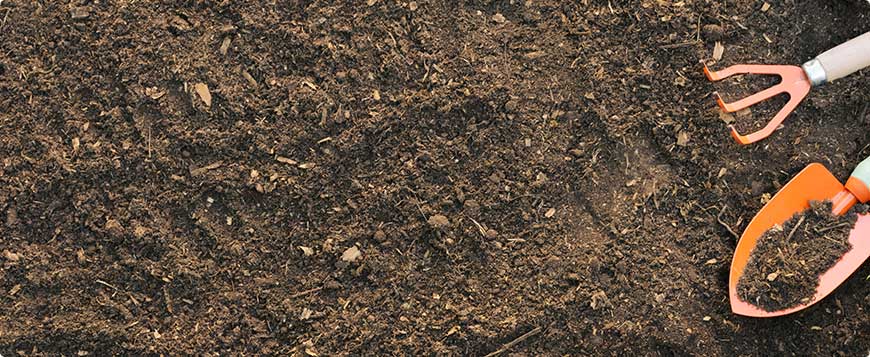

What are the long-term effects of
over-irrigation?
All of the changes listed above are not even the ultimate damage that overwatering can do. As we have seen, waterlogging disrupts the balance in your soil. Additionally, it dissolves all the nutrients in the ground, making them less powerful and useful.
To make matters even worse, weeds are far less demanding than any of the plants people usually are trying to grow. This means that you might end up with far more weeds growing than you normally would. In addition, all these unwanted plants will take away the much-needed food from your plants and take up valuable space.
Fewer nutrients mean more salt will be accumulating on the surface of the ground. In turn, those salts will make it even harder for the remaining plants to get the food they need and make their survival even harder.
As a result of over-irrigation, soil can eventually become too acidic to support life. It might take several seasons of good care for the ground to return to its normal state and give nutrients that the plants need again.
Of course, the same doesn’t hold true for weeds since they are much more resilient and don’t mind the soil acidity nearly as much.
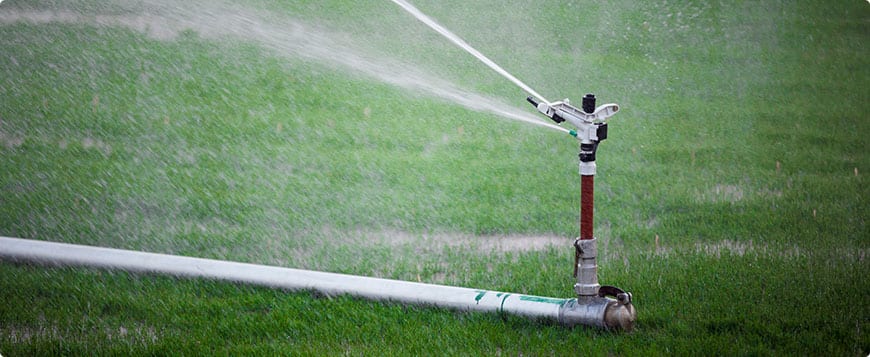

The impact of over-irrigation on the environment
Believe it or not, the harmful effect of overwatering does not end there.
Irrigation systems involve taking water from rivers and lakes, and other bodies of water. Therefore they have a direct environmental impact.
These effects include higher levels of groundwater in irrigated locations, a reduction of downstream water flow in the sourced streams and rivers, and an increase in evaporation.
Higher evaporation can cause atmosphere instability and even increase rainfall levels in the irrigated areas. All of this is a direct consequence of changes to the natural humidity in the local atmosphere.
Excess irrigation that lasts for too long can lead to a decrease in river flow. In addition, it can cause wetlands to disappear and insufficient municipal, drinkable, and industrial water supplies.


How to prevent over-irrigation?
If all the watering your garden needs is a couple of flower beds next to your patio, as we have described at the beginning of this article, the solution is quite simple: don’t overdo it.
However, if you own more than a couple of square feet of and – and the odds are that you do – you need an intelligent irrigation system and professionals that can handle it.
You need someone who can determine the best approach for your type of soil and the plants that you are growing. Different plants have different water storage capabilities, so do your research or seek help from a professional.
Generally speaking, though, you will need an automatic sprinkler system set up to water the plants only when and if required. Also, you will have to set up a drainage system that ensures the soil is suitably aerated by removing excess water and helping it keep the necessary nutrients in the ground.
Overall, prevention is the best course of action.
Repairing the damage of irrigation to the soil is difficult and time-consuming. It can cause your yard to look untidy for several years before the plants will begin to thrive again.
